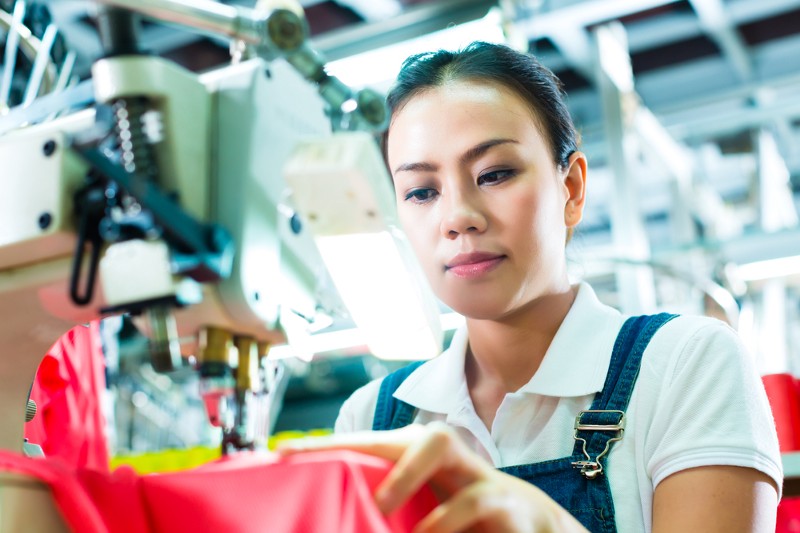BtoB
10 Things an Inspection is and is not...
Aug. 31 2020
A quick introduction to the world of quality control product inspections
1. There are three types of inspections:
First party inspections are performed by manufacturers or sellers (first party) and second party inspections are performed by buyers or purchasers (second party). A Third Party Inspection (TPI) means that the qualified third party entity or company provides technical control, test, assessment and approval services conducted with the purpose of certifying the compliance of purchased / ordered products and/or services or plants to the international standard, code and customer technical specifications before, during and/or after production.
2. Third party inspections are unbiased:
Compared to those performed by either the manufacturer or the buyer, third party inspectors perform TPIs unbiased by either side and can thus deliver a verdict that is fair without compromising the interests of either party — while, of course, looking out for the client and the requirements put forward.
3. A third party inspection is critical to delivering quality products on-time with decreasing product life cycle and time-to-market:
If a product is found to not meet the appropriate quality specifications for the marketplace — either after or late in the production stage — the result can be loss of product and revenue, delayed shipment or wasted materials, and the potential risk of a product recall.
4. It is important to choose the right third party inspection provider:
Third party inspections are typically performed by certified companies, and AQSIQ licensed (when the quality control company offers its services in China) with relevant experience, trained and specialized teams on few or several product categories. Choosing the right third party inspection provider is an important step in ensuring thorough quality control in the interest of the end-consumer.
5. Third party inspections are considered as a well-justified expense by most companies:
By doing this, the buyers are fully aware even at a distance, of the manufacturing process, and can build a more confident relationship with the supplier. Moreover, despite coming at a cost, TPIs end up saving you money by helping avoid expensive errors or employing an in-house QC team
6. A TPI is mostly needed in the following instances:
- Working with new suppliers
- Identifying quality issues on-time
- Repeated product quality issues (it’s better to avoid to getting to this conclusion. Instead inspecting the goods for all shipments at different stages of the production process will cost less than having to solve the quality issues with the supplier on goods already shipped)
- Purchasing premium items: high-end electronics, industrial equipment, etc.
7. A third-party inspection can be applied at all stages of production: before, during and/ or after production:
- Initial Production Check — is a pre-production inspection which tells the buyer which kind of raw materials (or components) will be used. Factories are often suspected of lowering their costs by purchasing substandard materials, and this can be disastrous for the buyer (e.g., the wrong kind of chip in an electronic device).
- During Production Check (often called “DUPRO” in the industry) — allows the buyer to have an idea of average product quality early in the production cycle. It is the most useful and the most under-rated tool at the disposal of importers, who often only rely on final inspections.
- Pre-Shipment Inspection (PSI) — by far the most common type of QC check. It takes place once 100% of shipment quantity is finished and at least 80% is packed, so it can be a real random inspection (this is not exactly the case if quality is checked earlier). This inspection also helps ensure suppliers are always in compliance with the client’s specifications.
- Lastly, a container loading inspection, like the pre-production inspection, is seldom used. But it can be a worthwhile option in some specific cases.
8. Except the most sensitive projects, not all projects require all four types of inspection as listed above. Generally, only one or two of these tools are used, depending on the risks identified by the buyer.
9. Since inspections can be widely conducted in various stages of production, inspections help to:
- Validate the quality and quantity of the product
- Verify the marking and packing of material as per buyer specifications
- Assess whether the material is genuine and as per specified standards
- Look to make sure that prohibited goods not used or sent by consignor in any consignment
- Validate the working conditions are safe and healthy
- Minimize the risk of producing a substandard product
- Minimize the cost of the organization
- Improve brand reputation
- Improve credibility of the organization
- Enhance customer satisfaction
10. Despite all the advantages of inspections, the fact is that inspection does not and can not guarantee quality.
When conducting an inspection, the quality, good or bad, is already in the product. As Harold F. Dodge said, “You cannot inspect quality into a product.”